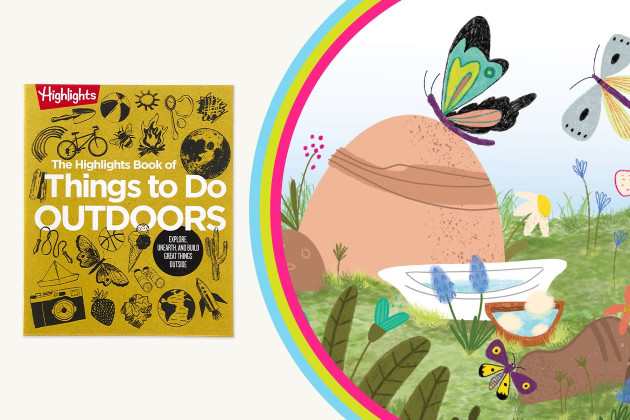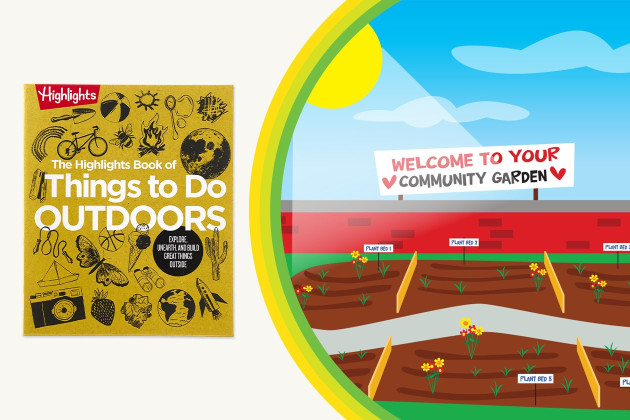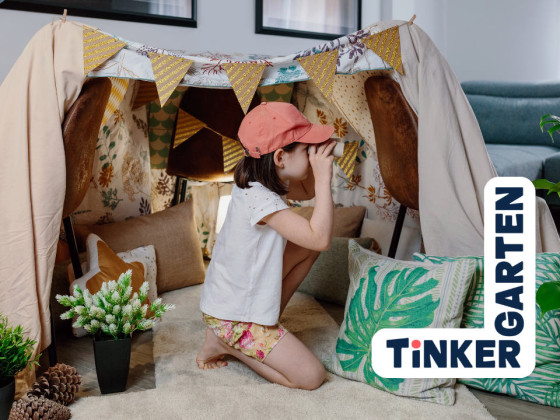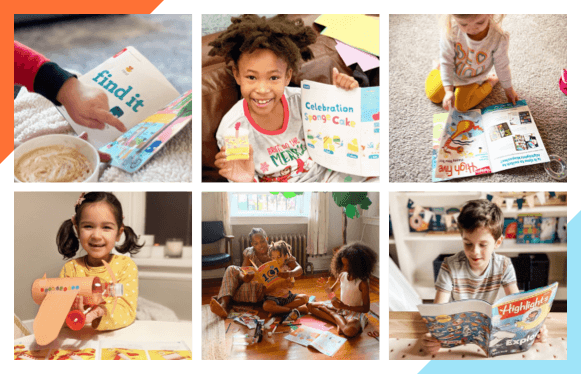How to Plant a Butterfly Garden
By: Highlights Editorial
Butterflies are beautiful insects. They’re also great pollinators. Plant a butterfly garden to encourage butterflies to visit your yard or even your balcony, roof or other outdoor space!
What You'll Need
What to Do
-
Make a plan.
A successful butterfly garden begins with making good decisions.
-
Pick the right location.
Choose a spot that gets at least six hours of sunlight a day and provides shelter from the wind. If you have a plot in the ground, make sure it’s a chemical-free zone. Pesticides are dangerous for butterflies. If you don’t have a plot, you can also create a butterfly garden using a collection of containers on a patio.
-
Pick the right plants for butterflies.
Adult butterflies drink nectar from flowers. They are attracted to red, yellow, orange, pink and purple blooms with wide, flat clusters or large, flat petals. Research and choose plants that grow well and are native to where you live.
-
Pick the right plants for caterpillars.
Caterpillars eat other plant parts. They are picky eaters. Each species eats specific kinds of plants. Butterflies usually lay eggs on the plants their caterpillars eat. For example, monarch butterflies lay their eggs only on milkweed plants.
-
Draw your idea. Include trees and shrubs for shelter.
Add big flat rocks so butterflies have a place to rest. Include a birdbath or spot with wet sand or soil so they have a place to drink water. Clump flowers of the same kind together so butterflies can see them from a distance. What else would your dream butterfly garden include?
-
Review your garden plan with a grown-up. When you’re ready, get to work!
Did you love this project found on page 30 of The Highlights Book of Things to Do? The Highlights Book of Things to Do Outdoors is the essential book of curiosity, exploration and the great outdoors. Kids ages seven and up will find answers to countless nature-related questions and hundreds of ways to build, experiment, craft, cook and help protect the planet.









